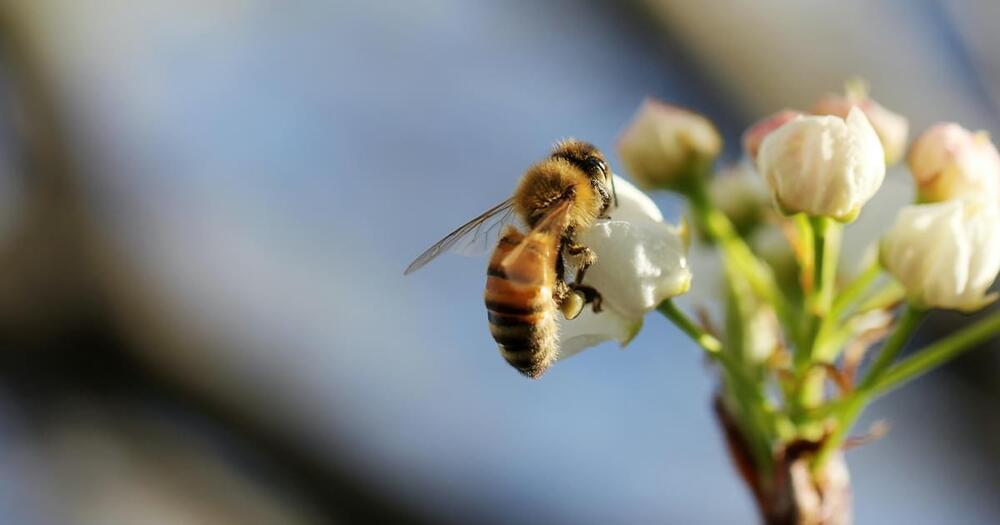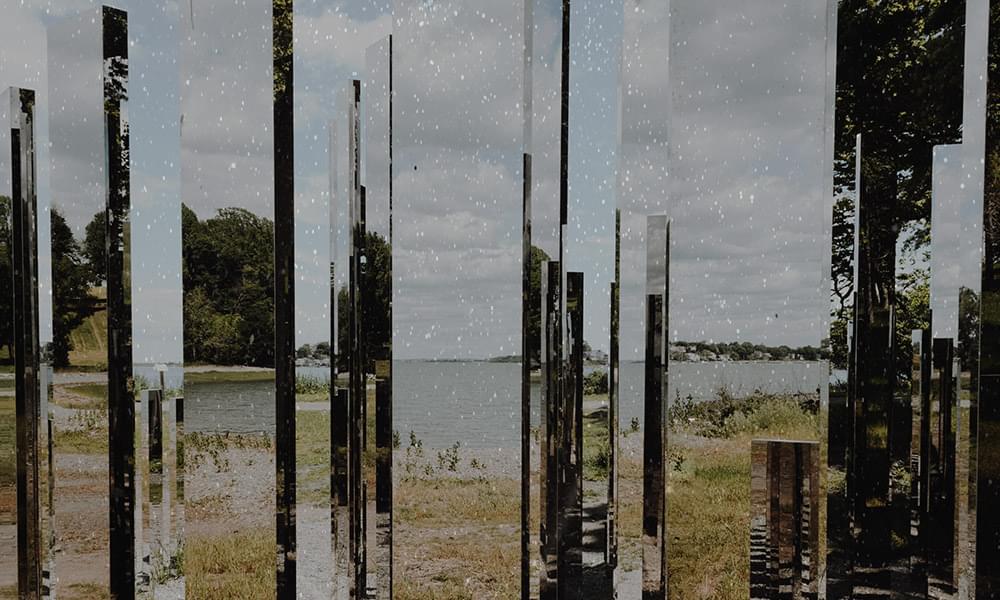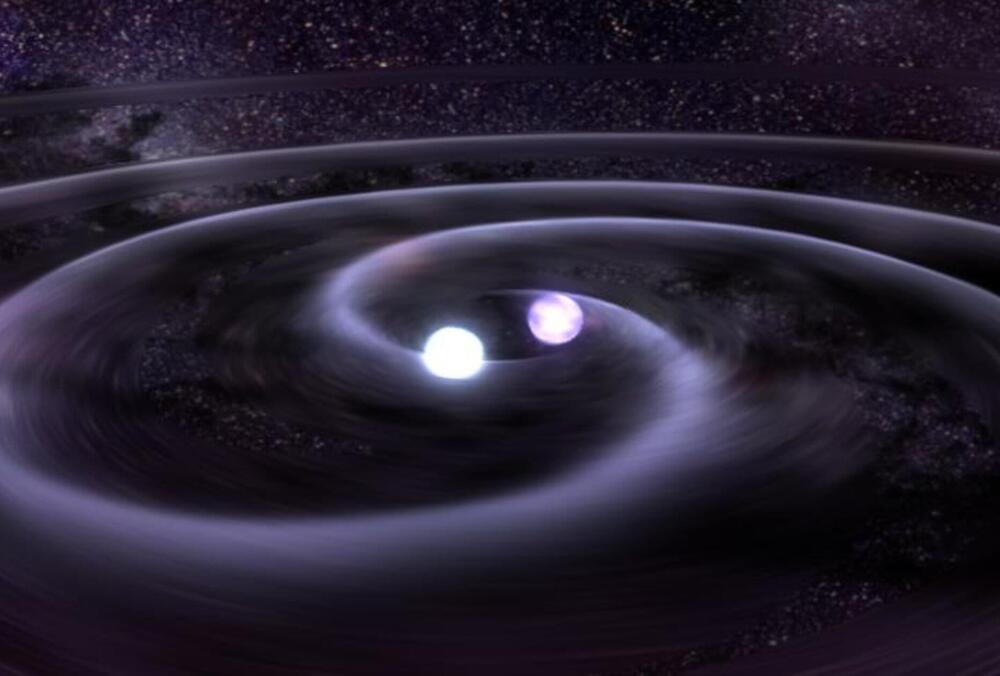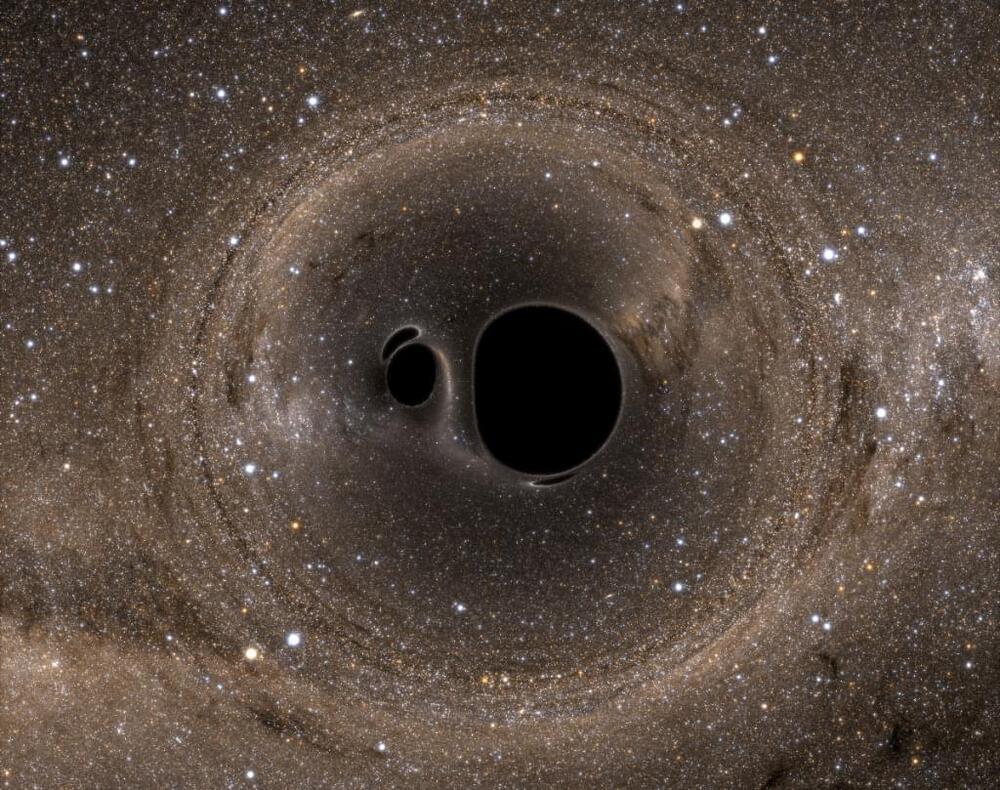As reported by The Register, pro-Putin newspaper Kommersant writes that the percentage of defective imported chips into Russia before the war was just 2%, which isn’t very good considering how many components are found in today’s electronic items. Now, almost eight months after the country invaded Ukraine, it stands at 40%.
Immunizing bees against pesticides.
‘We wanted to develop a strategy to detoxify managed pollinators and found we can do it by incorporating it into their food, senior author Minglin Ma, a biomaterials engineer at Cornell University told Chemistry World.
“Managed bee colonies are constantly in need of being replenished due to losses. This relieves the stress for beekeepers to meet the ever-increasing demand for pollination,” James Webb, also a co-author of the study, told Salon by email.
The pollen-like particle: The team created a pollen-sized microparticle with an enzyme designed to detoxify organophosphate pesticides. Usually, the bee’s crop (stomach) would break down the enzymes. But the researchers created a protective shell that allows it to pass through the crop unscathed.
Quantum physics is strange. At least, it is strange to us, because the rules of the quantum world, which govern the way the world works at the level of atoms and subatomic particles (the behavior of light and matter, as the renowned physicist Richard Feynman put it), are not the rules that we are familiar with — the rules of what we call “common sense.”
The quantum rules, which were mostly established by the end of the 1920s, seem to be telling us that a cat can be both alive and dead at the same time, while a particle can be in two places at once. But to the great distress of many physicists, let alone ordinary mortals, nobody (then or since) has been able to come up with a common-sense explanation of what is going on. More thoughtful physicists have sought solace in other ways, to be sure, namely coming up with a variety of more or less desperate remedies to “explain” what is going on in the quantum world.
These remedies, the quanta of solace, are called “interpretations.” At the level of the equations, none of these interpretations is better than any other, although the interpreters and their followers will each tell you that their own favored interpretation is the one true faith, and all those who follow other faiths are heretics. On the other hand, none of the interpretations is worse than any of the others, mathematically speaking. Most probably, this means that we are missing something. One day, a glorious new description of the world may be discovered that makes all the same predictions as present-day quantum theory, but also makes sense. Well, at least we can hope.
Muhammed Shiyad Chathoth, a class 12 Computer Science student from Kannur has innovated a robot called ‘Pathooty’. Here’s how he did it.
Sounds Interesting? Share it now!
A mystery Chinese drone that appeared in a recent video may be the elusive Star Shadow, so far seen only in model form.
Imagine taking a star twice the mass of the sun and crushing it to the size of Manhattan. The result would be a neutron star—one of the densest objects found anywhere in the universe, exceeding the density of any material found naturally on Earth by a factor of tens of trillions. Neutron stars are extraordinary astrophysical objects in their own right, but their extreme densities might also allow them to function as laboratories for studying fundamental questions of nuclear physics, under conditions that could never be reproduced on Earth.
Because of these exotic conditions, scientists still do not understand what exactly neutron stars themselves are made from, their so-called “equation of state” (EoS). Determining this is a major goal of modern astrophysics research. A new piece of the puzzle, constraining the range of possibilities, has been discovered by a pair of scholars at IAS: Carolyn Raithel, John N. Bahcall Fellow in the School of Natural Sciences; and Elias Most, Member in the School and John A. Wheeler Fellow at Princeton University. Their work was recently published in The Astrophysical Journal Letters.
Ideally, scientists would like to peek inside these exotic objects, but they are too small and distant to be imaged with standard telescopes. Scientists rely instead on indirect properties that they can measure—like the mass and radius of a neutron star—to calculate the EoS, the same way that one might use the length of two sides of a right-angled triangle to work out its hypotenuse. However, the radius of a neutron star is very difficult to measure precisely. One promising alternative for future observations is to instead use a quantity called the “peak spectral frequency” (or f2) in its place.
Yitang Zhang, a Chinese-American mathematician, reportedly disclosed in an online salon organized by the Peking University Alumni Association on October 15 that he has proven the longstanding Landau-Siegel zeros theory. This finding is related to the Riemann hypothesis, a formula for the distribution of prime numbers that has remained unsolved for more than a century. However, the claim has not yet been fully verified, and it is reported that a relevant article of more than 100 pages will be sent to a preprint website in early November.
The Landau-Siegel zeros topic has represented one of the most difficult problems in number theory this century. It is a weak form of the Riemann hypothesis, which studies the existence of zeros in the DirichletL-function (a function defined on the whole complex plane). A century of research has shown that the Landau-Siegel zeros can be more difficult to solve than the Riemann hypothesis. Therefore, if Zhang Yitang has really proven that Landau-Siegel zeros exist, the Riemann hypothesis would be wrong. But for now, many people are more inclined to believe that Zhang proved the opposite result.
Regarding the news, a well-known Chinese blogger stated that “if Yitang Zhang proves the existance of Landau-Siegel zeros, then the Riemann conjecture could ‘die.’ Zhang will be the greatest mathematician in the past and future 50 years, no one else.” Others commented, “If Zhang can prove Landau-Siegel zeros, the probability can be equivalent to a person being struck by lightning twice.”
In February 2016, scientists at the Laser Interferometer Gravitational-Wave Observatory (LIGO) announced the first-ever detection of gravitational waves (GWs). Originally predicted by Einstein’s Theory of General Relativity, these waves are ripples in spacetime that occur whenever massive objects (like black holes and neutron stars) merge. Since then, countless GW events have been detected by observatories across the globe – to the point where they have become an almost daily occurrence. This has allowed astronomers to gain insight into some of the most extreme objects in the Universe.
In a recent study, an international team of researchers led by Cardiff University observed a binary black hole system originally detected in 2020 by the Advanced LIGO, Virgo, and Kamioki Gravitational Wave Observatory (KAGRA). In the process, the team noticed a peculiar twisting motion (aka. a precession) in the orbits of the two colliding black holes that was 10 billion times faster than what was noted with other precessing objects. This is the first time a precession has been observed with binary black holes, which confirms yet another phenomenon predicted by General Relativity (GR).
The team was led by Professor Mark Hannam, Dr. Charlie Hoy, and Dr. Jonathan Thompson from the Gravity Exploration Institute at Cardiff University. They were joined by researchers from the LIGO Laboratory, the Barcelona Institute of Science and Technology, the Max Planck Institute for Gravitational Physics, the Institute for Gravitational Wave Astronomy, the ARC Centre of Excellence for Gravitational Wave Discovery, the Scottish Universities Physics Alliance (SUPA), and other GW research institutes.
DeepMind has created an AI capable of writing code to solve arbitrary problems posed to it, as proven by participating in a coding challenge and placing — well, somewhere in the middle. It won’t be taking any software engineers’ jobs just yet, but it’s promising and may help automate basic tasks.
The team at DeepMind, a subsidiary of Alphabet, is aiming to create intelligence in as many forms as it can, and of course these days the task to which many of our great minds are bent is coding. Code is a fusion of language, logic and problem-solving that is both a natural fit for a computer’s capabilities and a tough one to crack.
Of course it isn’t the first to attempt something like this: OpenAI has its own Codex natural-language coding project, and it powers both GitHub Copilot and a test from Microsoft to let GPT-3 finish your lines.
Mathematicians Surprised
Posted in mathematics
Recent explorations of unique geometric worlds reveal perplexing patterns, including the Fibonacci sequence and the golden ratio.









